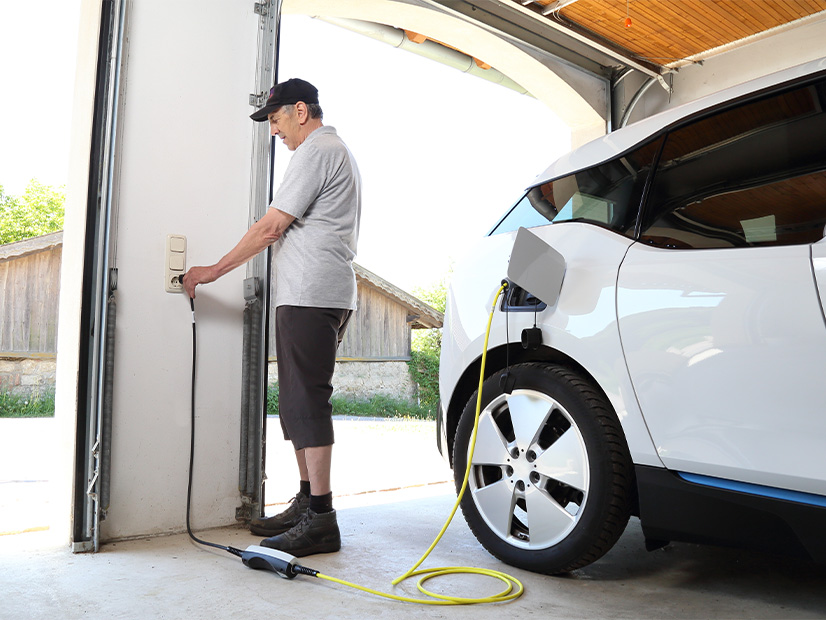The California Public Utilities Commission on Thursday established the first program of its kind in the nation by adopting a submetering protocol to allow electric vehicle owners to be billed separately for charging at lower rates than the rest of their electricity use.
“Submetering makes EV charging cheaper and will help spur the growth of electric vehicles throughout the state,” Commissioner Clifford Rechtschaffen said in statement following the unanimous vote. “It’s a practical solution to one of the important barriers to widespread EV adoption.”
The program uses submeters embedded in charging equipment as a way to avoid having to install costly second utility meters in homes and locations where electric trucks and buses charge. The submeters can transmit electric-use data via Wi-Fi or cellular networks.
The CPUC’s decision affects customers of the state’s three large investor-owned utilities — Pacific Gas and Electric, Southern California Edison and San Diego Gas & Electric — all of which offer special rates for EV charging.
The IOUs have run submetering pilot programs since 2014 at the CPUC’s direction. The pilot programs addressed issues such as the reliability and accuracy of submetering and how to store and transfer the raw meter data.
The decision excludes net energy metering (NEM) customers with rooftop solar because the utilities said they have no way to tell if their energy consumption, recorded by a submeter, comes from the distribution grid, local renewable generation or battery storage. The CPUC ordered additional study to find ways of allowing NEM customers to participate in submetering.
The commission adopted a two-year timeline for the IOUs to incorporate submetering into their billing systems.
“The submetering protocol is a fundamentally important means of accelerating the growth of electric vehicles,” the decision said. “The protocol reduces the cost of electric vehicle charging; consumers can avoid having to install a separate utility meter and can instead use the technology to have their electric vehicle charging measured and billed separately from their primary utility meter. Submetering thus promotes the adoption of electric vehicles, the deployment of vehicle-grid integration, and the realization of the corresponding electric grid benefits.”
California is by far the nation’s leader in EVs with more than 1 million on the road, roughly half those in the U.S. Rechtschaffen said that more than 16% of new vehicles sold in-state are now EVs.
Gov. Gavin Newsom issued an executive order in September 2020 requiring all new passenger vehicles sold in the state to be zero-emission vehicles by 2035 and included $10 billion in recent budgets to accelerate the transition.
The CPUC has authorized the IOUs to spend more than $1.5 billion on EV charging and to create menus of special rates for it so that charging it is less expensive than buying gas or diesel fuel.

